Cantus Colln, Konrad Junghanel - Bach: Cantatas Nos. 4, 12, 106 & 196 (2003) [SACD]
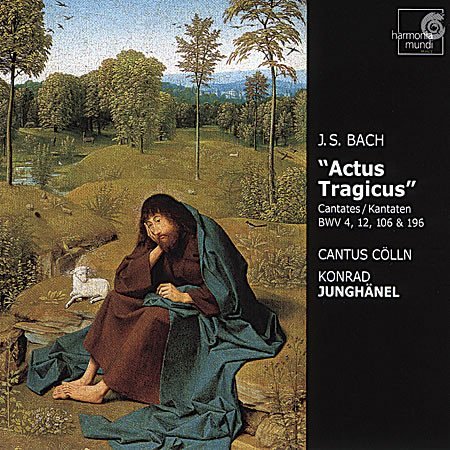
Artist: Cantus Colln, Konrad Junghanel
Title: Bach: Cantatas Nos. 4, 12, 106 & 196
Year Of Release: 2003
Label: Harmonia Mundi
Genre: Classical
Quality: DSD64 image (*.iso) / 5.0, 2.0 (2,8 MHz/1 Bit)
Total Time: 01:10:04
Total Size: 3.45 GB
WebSite: Album Preview
Tracklist:Title: Bach: Cantatas Nos. 4, 12, 106 & 196
Year Of Release: 2003
Label: Harmonia Mundi
Genre: Classical
Quality: DSD64 image (*.iso) / 5.0, 2.0 (2,8 MHz/1 Bit)
Total Time: 01:10:04
Total Size: 3.45 GB
WebSite: Album Preview
Cantata No. 4, ‘Christ lag in Todes Banden,’ BWV 4 (BCA 54):
1. 1. Sinfonia
2. 2. Versus I: Christ lag in Todes Banden
3. 3. Versus II: Den Tod niemand zwingen kunnt
4. 4. Versus III: Jesus Christus, Gottes Sohn
5. 5. Versus IV: Es war ein wunderlicher Krieg
6. 6. Versus V: Hier ist das rechte Osterlamm
7. 7. Versus VI: So feiern wir das hohe Fest
8. 8. Versus VII: Wir essen und leben wohl
Cantata No. 106, ‘Gottes Zeit ist die allerbeste Zeit,’ (‘Actus Tragicus’), BWV 106 (BC B18):
9. 1. Sonatina
10. 2a. Gottes Zeit ist die allerbeste Zeit
11. 2b. Ach, Herr, lehre uns bedenken
12. 2c. Bestelle dein Haus!
13. 2d. Es ist der alte Bund
14. 3a. In dein Hände befehl ich meinen Gei
15. 3b. Heute wirst du mit mir im Paradies
16. 4. Glorie, Lob, Ehr und Herrlichkeit
Cantata No. 196, ‘Der Herr denket an uns,’ BWV 196 (BC B11):
17. 1. Sinfonia
18. 2. Coro: Der Herr denket an uns
19. 4. Duetto: Der Herr segne euch je mehr und mehr
20. 5. Coro: Ihr seid die Gesegneten des Herrn
Cantata No. 12 ‘Weinen, Klagen, Sorgen, Zagen’, BWV 12 (BC A68):
21. 1. Sinfonia
22. 2. Coro: Weinen, Klagen, Sorgen, Zagen
23. 4. Aria: Kreuz und Kronen sind verbunden
24. 5. Aria: Ich folge Christo nach
25. 6. Aria: Sei getreu, alle Pein
26. 7. Choral: Was Gott tut, das ist wohlgetan
If some of the young Bach’s religious vocal works that have survived take us into a world that is still deeply marked by the rich and varied musical aesthetics and traditions of Central Germany, a stylistic reform imported from Italy in the decade between 1710 and 1720 induced him and his contemporaries to turn their backs on the old tradition. And yet, even in the earliest works we find signs of the full genius of the future cantor of St. Thomas’, as in the famous Actus tragicus cantata, or the extraordinarily plaintive accents of Weinen, Klagen, Sorgen and Zagen. For it is precisely in following the stylistic and aesthetic conventions of the past that Bach succeeds in surpassing and even in transcending them.
In presenting four of Bach’s early cantatas–three of which were composed in the “pre-Weimar” years when Bach was in his early 20s–this disc makes it easy to appreciate the full-fledged maturity and awesome creative fertility that seems to have lived inside this greatest of all composers from the day he first put pen to paper. All four cantatas work well–and indeed, as with BWV 106, may all have been conceived this way by Bach–when performed by four solo voices as they are here. Three of the cantatas use scoring typical of Bach’s early works in the genre, employing two violas da gamba, lending the sound a reedy resonance. The opening “Sonatina” of the funeral cantata BWV 106 (“Actus tragicus”), with its vibrant gambas and mellow, sighing recorder melody, reaches into the depths of the soul, offering warmth and comfort–a perfect preparation for the opening words, “God’s time is the very best time.” And what better depiction of mood and actual word meaning than Bach’s opening chorus of BWV 12–“Weinen, Klagen, Sorgen, Zagen” (“Weeping, lamenting, worrying, fearing”), with its penetrating succession of suspensions, dissonances, and resolutions? The Actus tragicus sometimes sounds like a kind of experiment–Bach tosses in several surprising and unusual twists of form and thematic treatment–while the Easter cantata BWV 4 represents the composer at his most polished and profound while still managing to show off an impressive creative range.
The singers demonstrate virtuosic technique and versatility throughout, and are not afraid to infuse their singing with real emotional depth. In the final chorus of BWV 196 they show what tremendous excitement can be achieved from just four voices and a few exceptional instrumentalists who happen to have some pretty good music to perform. There are of course pros and cons to performing this music with four distinctly individual solo voices, and aside from the benefits noted above, there are times that the exuberance of one voice suddenly disrupts the ensemble balance, or where you might wish for the more substantial weight and finely tuned blend of a chorus. And if you don’t happen to like one of the soloist’s voices (I’m not fond of soprano Johanna Koslowsky’s frequently used, overly straight-toned affects), you’re stuck with it even in the ensemble sections. These personal preferences aside, you can be assured that what you’ll get here are solid, informed, and musically engaging performances that will serve your library well. The “up-front” sonics certainly grab you, but I would have preferred to sit a few more rows back.
In presenting four of Bach’s early cantatas–three of which were composed in the “pre-Weimar” years when Bach was in his early 20s–this disc makes it easy to appreciate the full-fledged maturity and awesome creative fertility that seems to have lived inside this greatest of all composers from the day he first put pen to paper. All four cantatas work well–and indeed, as with BWV 106, may all have been conceived this way by Bach–when performed by four solo voices as they are here. Three of the cantatas use scoring typical of Bach’s early works in the genre, employing two violas da gamba, lending the sound a reedy resonance. The opening “Sonatina” of the funeral cantata BWV 106 (“Actus tragicus”), with its vibrant gambas and mellow, sighing recorder melody, reaches into the depths of the soul, offering warmth and comfort–a perfect preparation for the opening words, “God’s time is the very best time.” And what better depiction of mood and actual word meaning than Bach’s opening chorus of BWV 12–“Weinen, Klagen, Sorgen, Zagen” (“Weeping, lamenting, worrying, fearing”), with its penetrating succession of suspensions, dissonances, and resolutions? The Actus tragicus sometimes sounds like a kind of experiment–Bach tosses in several surprising and unusual twists of form and thematic treatment–while the Easter cantata BWV 4 represents the composer at his most polished and profound while still managing to show off an impressive creative range.
The singers demonstrate virtuosic technique and versatility throughout, and are not afraid to infuse their singing with real emotional depth. In the final chorus of BWV 196 they show what tremendous excitement can be achieved from just four voices and a few exceptional instrumentalists who happen to have some pretty good music to perform. There are of course pros and cons to performing this music with four distinctly individual solo voices, and aside from the benefits noted above, there are times that the exuberance of one voice suddenly disrupts the ensemble balance, or where you might wish for the more substantial weight and finely tuned blend of a chorus. And if you don’t happen to like one of the soloist’s voices (I’m not fond of soprano Johanna Koslowsky’s frequently used, overly straight-toned affects), you’re stuck with it even in the ensemble sections. These personal preferences aside, you can be assured that what you’ll get here are solid, informed, and musically engaging performances that will serve your library well. The “up-front” sonics certainly grab you, but I would have preferred to sit a few more rows back.
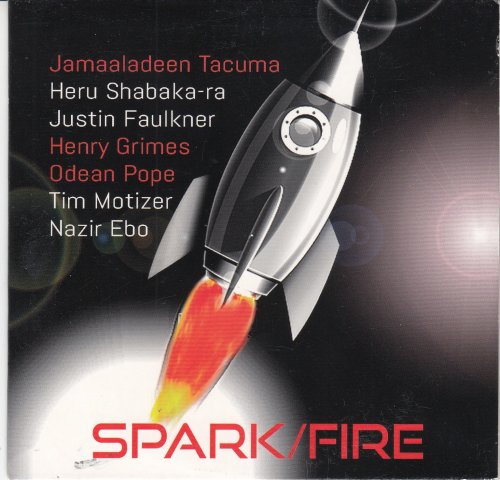
![Clifton Chenier - The King of Zydeco (Live) (1981) [Hi-Res] Clifton Chenier - The King of Zydeco (Live) (1981) [Hi-Res]](https://img.israbox.com/img/2025-12/20/xjfs68k4k2e6nw8a1vz89ft6c.jpg)
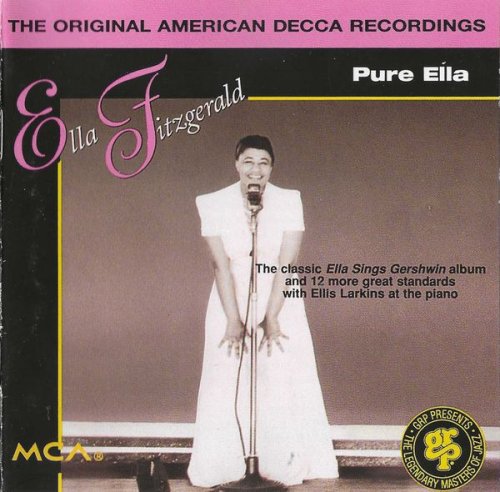
![Black Flower - Abyssinia Afterlife (2014) [Hi-Res] Black Flower - Abyssinia Afterlife (2014) [Hi-Res]](https://img.israbox.com/img/2025-12/21/anj3jk2va3pc3i9y3pv0m7zde.jpg)
![Sergio Di Finizio - O (2025) [Hi-Res] Sergio Di Finizio - O (2025) [Hi-Res]](https://www.dibpic.com/uploads/posts/2025-12/1766111303_ri3vjk7q73zkc_600.jpg)
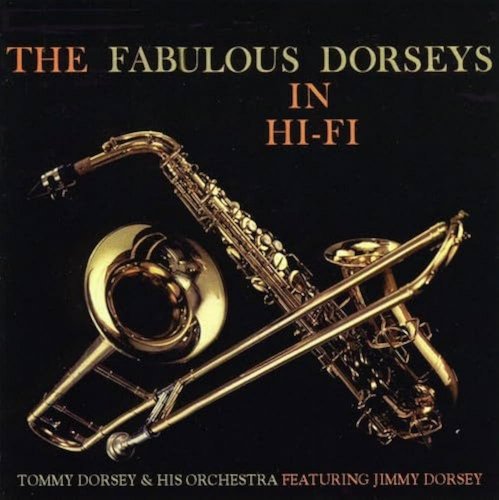
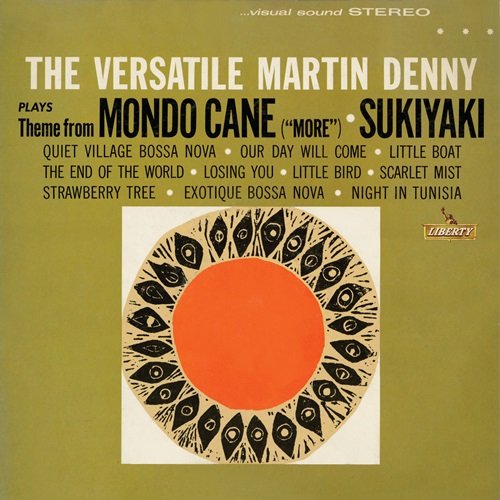
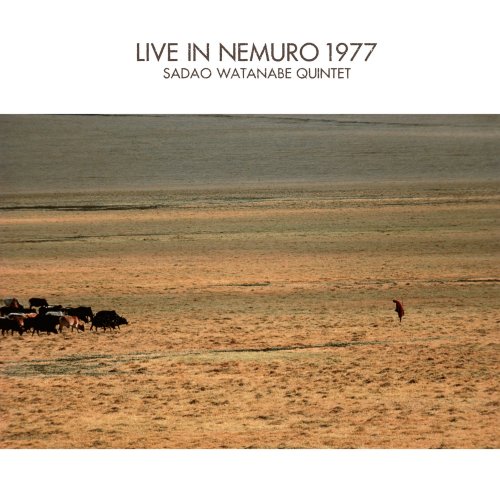
![Mark Northam - More Music From The Pixar Films For Solo Piano (2025) [Hi-Res] Mark Northam - More Music From The Pixar Films For Solo Piano (2025) [Hi-Res]](https://img.israbox.com/img/2025-12/17/qc8ci6ocl25zt4m9ojnjn3k2k.jpg)